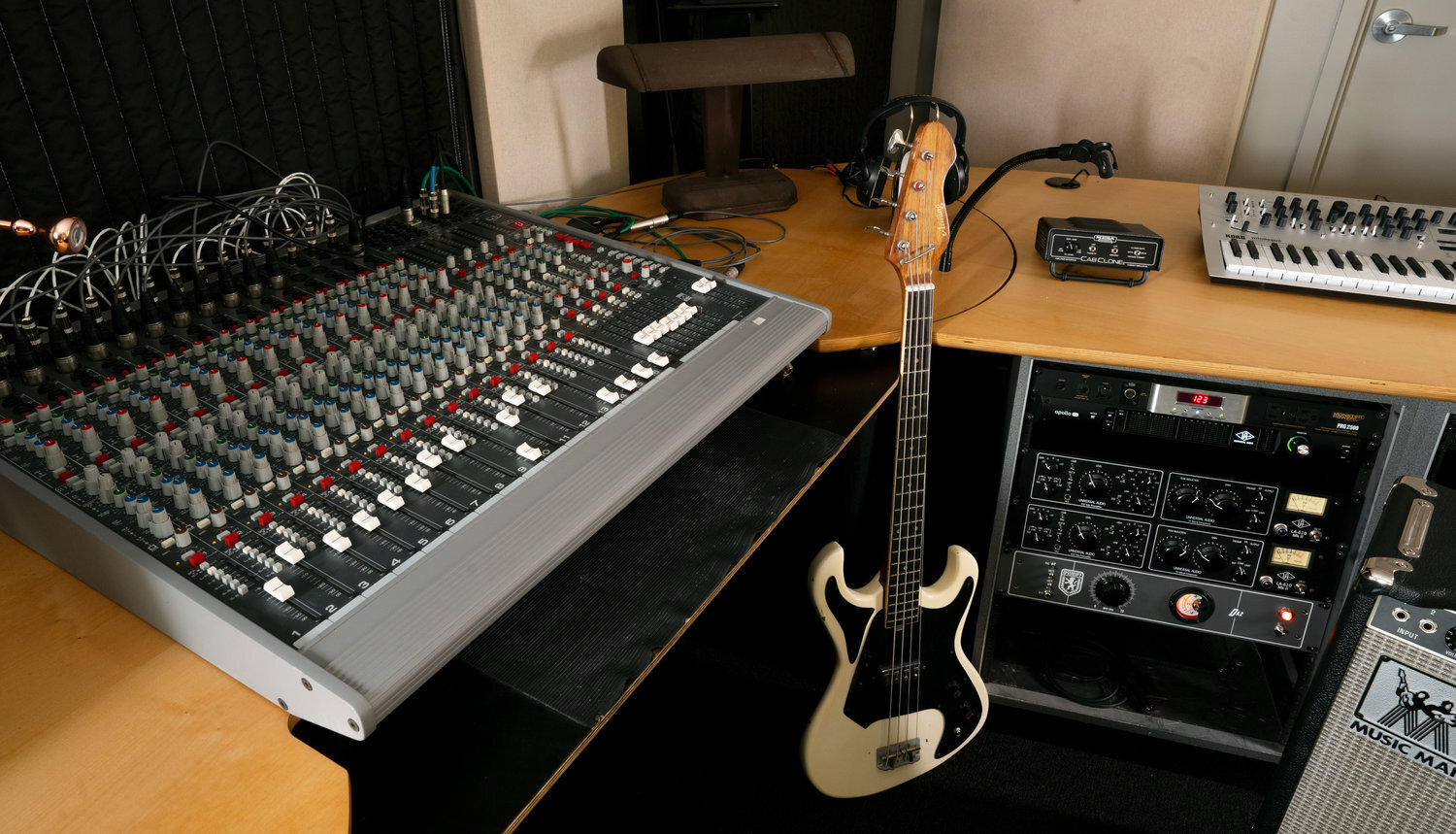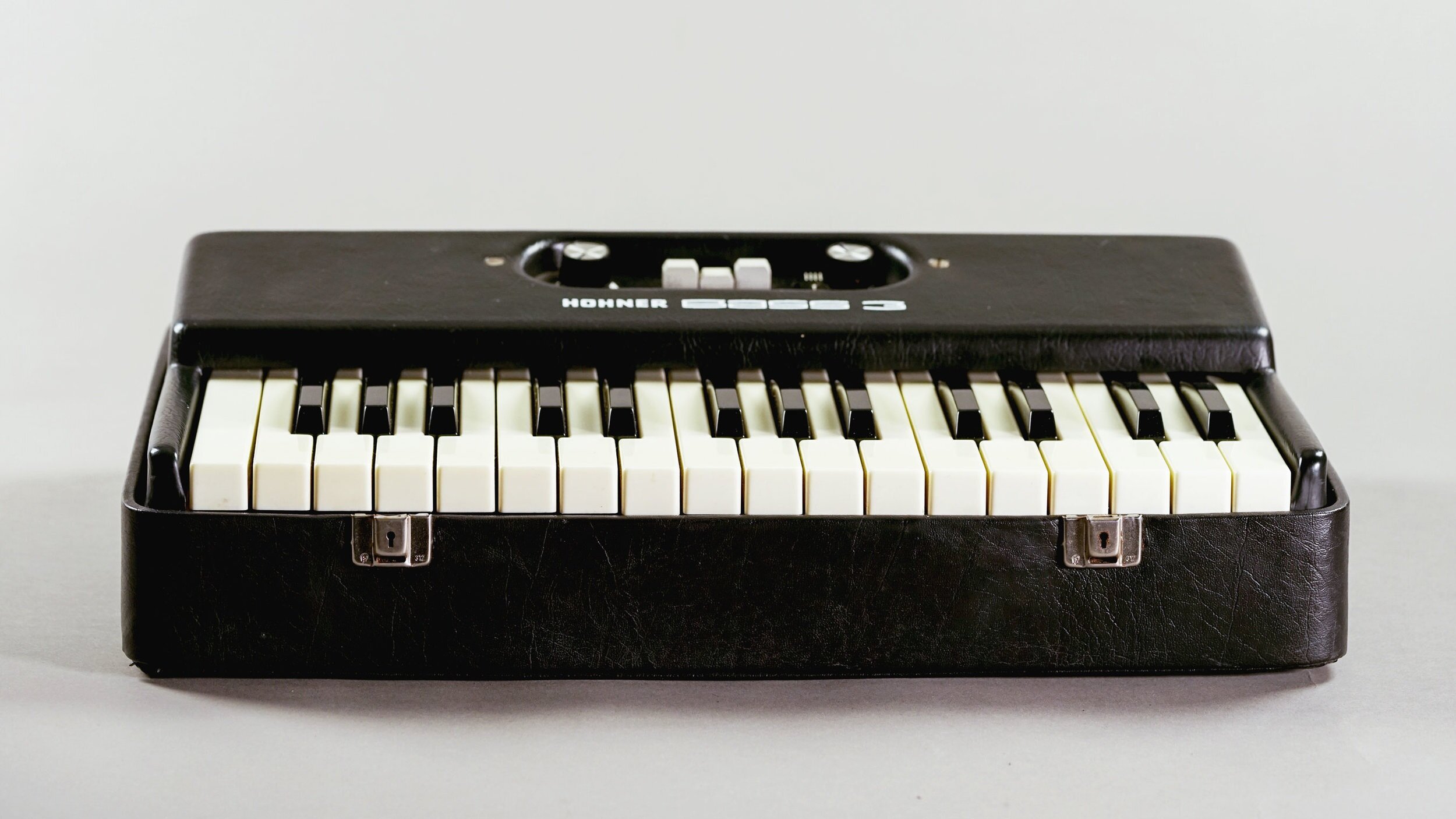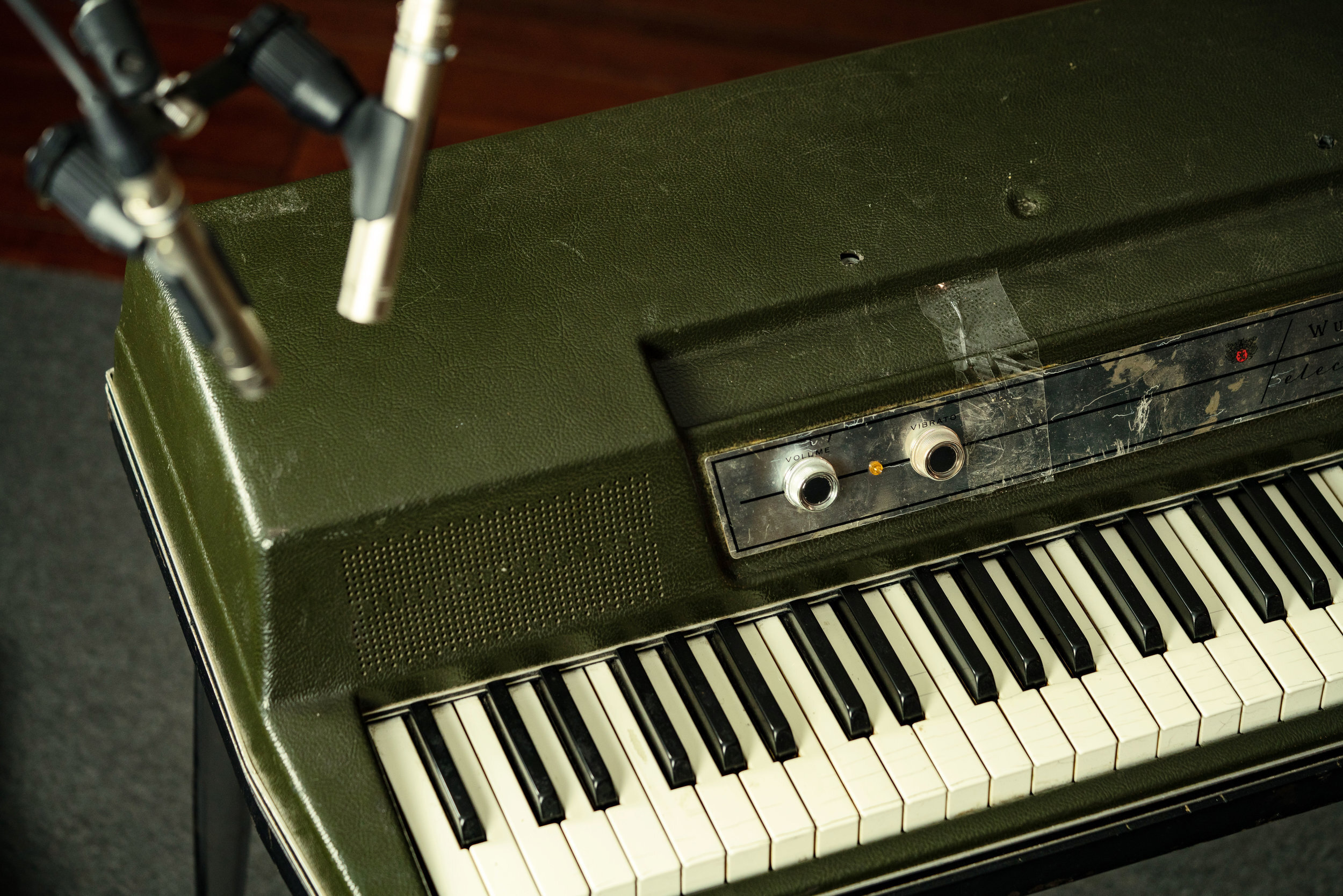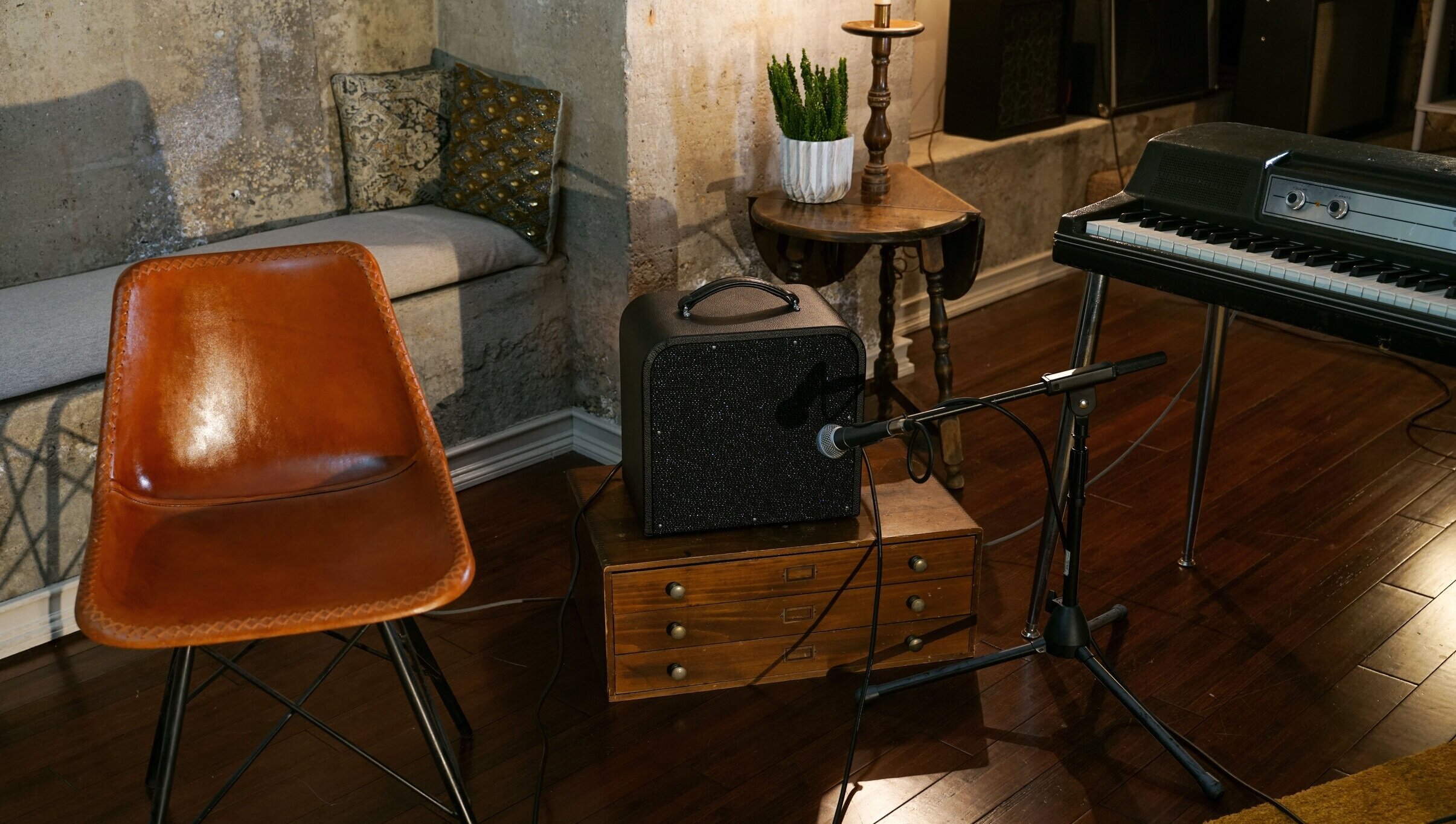Do I need a mixing board for my studio?
This maybe the question on the decade, and there are many answers. Our short answer is that it depends on the size and complexity of the studio.
In the center of almost every audio recording studio, a mixing board, mixer, console (whatever you prefer to call it) is typically the focal point. The console has been the center hub of any studio ever since multi-track recording took off in the mid-1950s. This piece of equipment is where the audio signals converge, receive some processing and are then sent off to the recording medium, which was historically tape. Still, even today, long after digital recording has become the industry standard recording medium, mixers are still a very practical and useful tool in the studio. But are they necessary? We would take the position that in a smaller, but still very professional studio, they are not.
Historically, the very practical purpose of a mixer has been routing, leveling, equalizing and output options. In the earlier days of music recording, multiple band mates gathered in the live room to perform their piece of music all at once. In fact, before multi-track recording, they all performed in front of the same mic. The energy that is created during a performance is valuable and, if the take is great, that performance makes for a fabulous piece of music. For this use, the mixer reigned.
As demand for popular music increased and recording methods became more instantaneous, professional musicians found themselves in the studio almost as much as they were out performing. Engineers and musicians realized that a flawless recording could be achieved if the band members recorded their very best take separately. For this purpose, the flexible inputs and outputs of a mixer still remained very useful. The need to route and level multiple inputs did not go away, and cue mixes and bussing are still powerful features that are best achieved by a mixer. Music is still recorded in much the same way today.
Though the tried-and-true multi-tracking recording practices of the 60s remain, in recent years technological advances have reshaped how a lot of music is recorded and even written. Recording consoles excel in receiving and leveling out the microphone that is capturing an acoustic or amplified instrument. But when the instrument is electronic, can send its own line-level signal, or already exists in the computer (your final recording medium), a mixer can become a third wheel.
Truly musical software-based synths (or plug-ins) are being produced regularly by a multitude of individuals and companies. Now widely in use, plug-ins residing within your DAW, and minimizing the need for analog mixers. The increasing audio quality of plug-ins and regularity by which they are freshly produced, is making them a common part of the professional recording session and writing process.
Similarly, hardware-based digital synthesizers, which function like a plug-in but just outside of your computer, require a minimum of leveling or processing. Both hardware and software synths are highly effective musical instruments that technically do not require a console to be recorded.
Because of the pre-leveled, already-in-the-DAW nature of today’s most popular instruments and sounds, the mixer can even be done without for some professional recordings. However, for the versatile music producer to wishes record some acoustic or amplified instruments every now and then, a new breed of small to mid-sized mixers are available to grace a corner of your studio desk.
Further Reading
Browse all of our articles on restoring vintage gear. Or, click on an image below.





